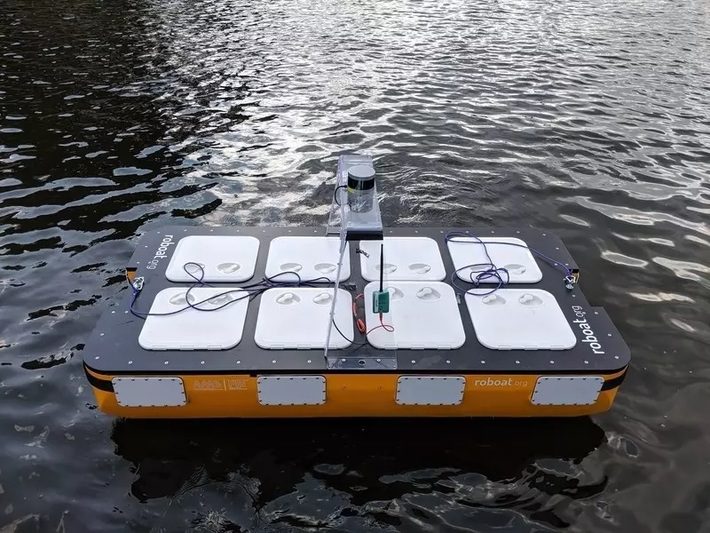Roboat: autonomous boats in Amsterdam – how AI driven autonomous systems will work



Inside the post-AI and the way in which ahead for autonomous strategies, we seen that AI pushed autonomous strategies might take off independently of autonomous automobiles.
Roboat from Amsterdam is one occasion of the type of points to come back again.
In essence, as a result of the title implies, Roboat is a set of boats that navigate the Amsterdam canals using algorithms very like self-driving automobiles nonetheless tailor-made for use in water.
The idea of Roboat itself is not new.
Nonetheless the thought seems to have developed quite quite a bit since I first seen it – notably in its functionality to carry passengers (together with Cargo)
Listed below are some traits of Roboat
- The system is now superior in accuracy. Roboat II autonomously navigated the canals of Amsterdam for 3 hours amassing info and returned once more to its start location with an error margin of solely 0.17 meters, or fewer than 7 inches.
- There in the meanwhile are superior navigation and administration algorithms for communication and collaboration between boats. The system is modeled on an ant colony using a distributed controller. On this model, there is not a direct communication among the many many associated robots — only one chief is conscious of the holiday spot. The chief initiates movement to the holiday spot, after which the other robots align their actions accordingly by estimating the intention of the chief
- Bigger ranges of autonomy: New algorithms like Simultaneous Localization and Mapping (SLAM),a model-based optimum controller known as nonlinear model predictive controller, and an optimization-based state estimator, known as transferring horizon estimation current higher ranges of autonomy. These algorithms help the system to
- dynamically assign a model new passenger request to an unoccupied boat that’s closest to the passenger.
- Help the Roboat II system to create a attainable path to the desired trip spot primarily based totally on the current guests circumstances.
To try this, Roboat II should localize itself via the SLAM algorithm, lidar, GPS sensors and completely different info. The distributed controller then tracks the reference trajectories from the planner, which updates the path dynamically to stay away from obstacles and collisions.
To conclude, the capabilities of Robotic could also be utilized to many autonomous strategies in a specific context – ex a gaggle of autonomous drones monitoring a growth web site
Further technical particulars in a paper revealed about Roboat
Provide world monetary dialogue board
Images provide: Image: MIT CSAIL world monetary dialogue board





